- AI Pulse
- Posts
- 🌀 Midjourney Just Went Hollywood: Your Still Images Can Now Move
🌀 Midjourney Just Went Hollywood: Your Still Images Can Now Move
Hello There!
AI is no longer just generating words, it’s generating movement, regulation battles, and even moral reckonings. Midjourney has launched a stunning image-to-video model, turning stills into motion clips in seconds. Meanwhile, Big Tech is lobbying to freeze AI regulation until 2035.
Apple is now designing its next-gen chips using AI. Economists are warning that AI might fight inflation, but at the cost of higher interest rates. And beneath all the hype? A quiet revelation: your everyday AI prompt might be burning 50× more carbon than you think
In today’s AI Pulse
🎞️ Midjourney goes motion: New image-to-video model launches
🏛️ Big Tech’s bold move: Push to block state AI laws till 2035
🍎 Apple’s AI-designed chips: M-series gets smarter, faster
📈 AI & inflation: Efficiency boost or interest rate spike?
🌱 AI’s carbon footprint: Some prompts pollute 50× more
🔊 AI Tool of the Day: Alexa+ brings ChatGPT-like voice power
📌 AI Prompt of the Day: Operations Leaders Edition
TOP STORIES TODAY

Credit: ChatGPT
🧠 The Pulse
Midjourney unveiled V1, its first image‑to‑video AI model, enabling users to animate static images into 5–20 second clips via Discord or web. Debuting amid a high-profile copyright lawsuit, it marks a major shift into multimedia creation for the 20 million‑user platform.
📌 The Download
Launch: Introduced June 18; image‑to‑video model creates four 5‑second clips, extendable to 20 seconds.
Access & Pricing: Available via Discord or web for Basic/Pro/Mega subscribers, videos cost roughly 8× an image prompt, but match per‑second pricing.
Capabilities: Focused on visual aesthetics, smooth, stylized motion; no camera control or text‑to‑video prompts yet.
Strategic move: Positions Midjourney in direct competition with Sora (OpenAI), Runway, Adobe, and Google Veo.
Legal backdrop: Launch coincides with a copyright lawsuit from Disney and Universal, raising concerns about data usage in video generation.
🚨 What This Means for You
Midjourney’s V1 makes image-to‑video creation accessible to all users, revolutionizing content creation. For brands, designers, and creators, this opens low-barrier paths to crafting motion visuals, meanwhile raising questions about copyright and ethical use.
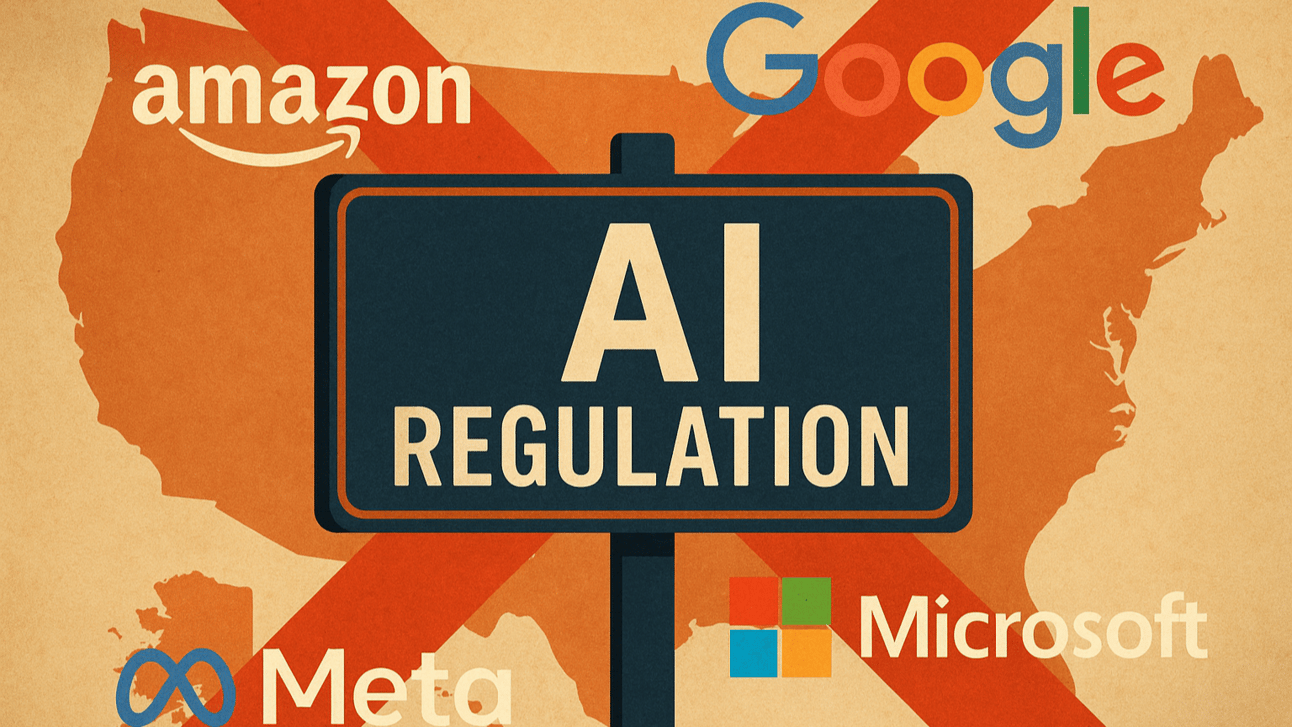
Credit: ChatGPT
🧠 The Pulse
Amazon, Google, Microsoft, and Meta are backing a U.S. House bill that would ban state-level AI regulations for the next 10 years. Framed as a move for national consistency, critics argue it hands Big Tech unchecked influence over AI’s future, igniting a fierce debate on power, ethics, and federal oversight.
📌 The Download
The bill, called the American AI Advancement Act, proposes exclusive federal control over AI regulation until 2035.
Its goal is to create a single, national standard for AI development and deployment, avoiding a patchwork of state laws.
Amazon, Google, Meta, and Microsoft have publicly endorsed the bill.
The bill has bipartisan sponsors in the House, with tech lobbyists pushing hard for passage.
Opposition is mounting from state governors, civil rights organizations, and smaller AI firms.
Critics argue the bill would let Big Tech “write its own rules,” limiting states’ ability to protect citizens from AI misuse.
Supporters say differing state laws would slow innovation and confuse enforcement for global AI companies.
The bill is expected to go through House hearings next month, with the Senate watching closely.
It mirrors earlier attempts to federally regulate data privacy, which also faced state-level resistance.
If passed, states would lose the ability to create or enforce AI-specific laws until at least 2035.
🚨 What This Means for You
This could be a turning point in how AI is governed. If passed, the bill will centralize power, shaping how AI impacts your job, data, and rights. For professionals, staying informed isn’t optional. You’re either shaping the AI wave or getting swept away by it.
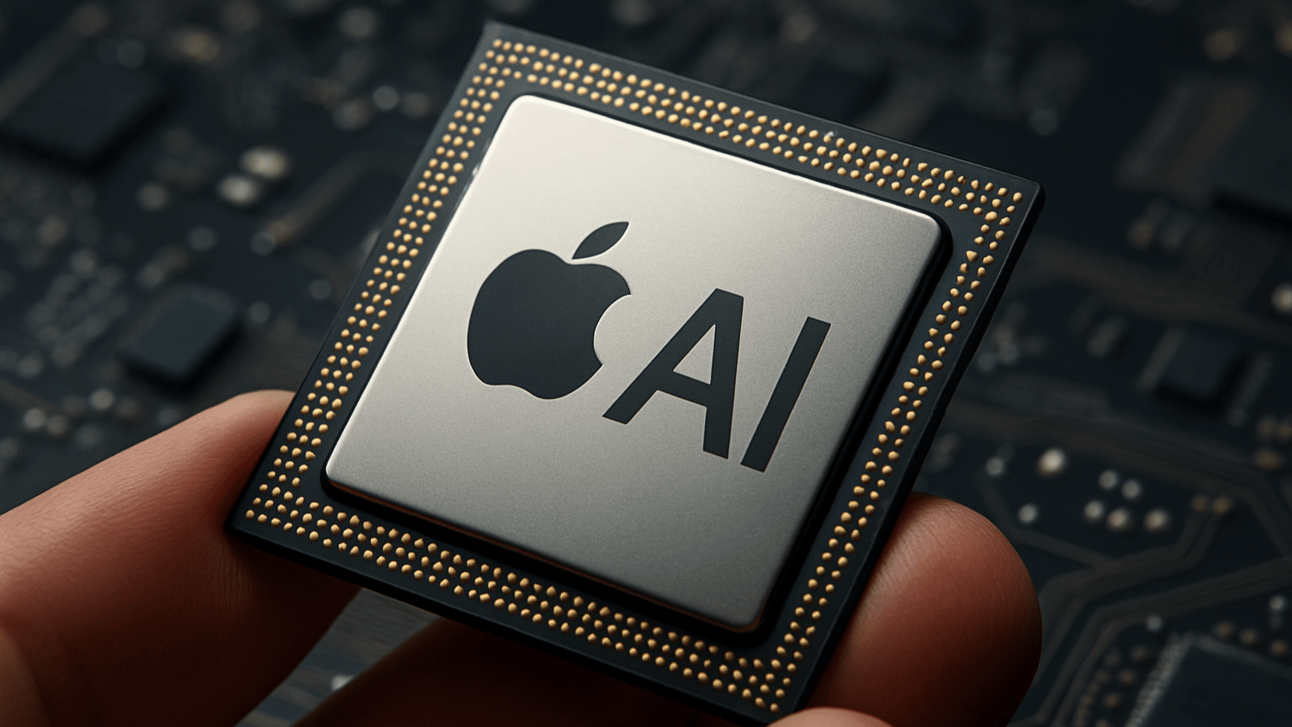
Credit: ChatGPT
🧠 The Pulse
Apple’s hardware chief Johny Srouji has confirmed that AI is now part of Apple’s chip design process. The move signals a major shift in how cutting-edge processors are engineered, faster, smarter, and with fewer human bottlenecks. It’s Apple’s bold bet on generative AI as a tool, not just a feature.
📌 The Download
Johny Srouji revealed Apple is using AI to assist in designing its future chips, including successors to the M-series.
The news was shared at a private session with industry insiders, then confirmed in follow-up reports.
AI models are helping identify optimal chip layouts, improve power efficiency, and reduce design time.
Apple sees this as a way to accelerate innovation without compromising quality.
This strategy could reduce the 2–3 year typical chip cycle to something significantly faster.
Apple will still rely heavily on TSMC for manufacturing, but design is where AI is transforming operations.
This approach aligns with broader industry trends, NVIDIA and Intel are also investing in AI-powered design workflows.
The goal: create chips that are not just faster, but more intelligent in managing workloads like generative AI processing.
Apple has remained secretive about the exact models and tools being used, citing competitive advantage.
This confirms Apple isn’t just a user of AI, it’s becoming an AI-powered hardware innovator.
🚨 What This Means for You
AI is no longer just in the apps you use, it’s shaping the chips that power them. Apple’s shift means future devices could be smarter, cooler, and longer-lasting. For professionals, this signals a future where AI isn’t just a skill, it’s embedded in the tools you rely on.
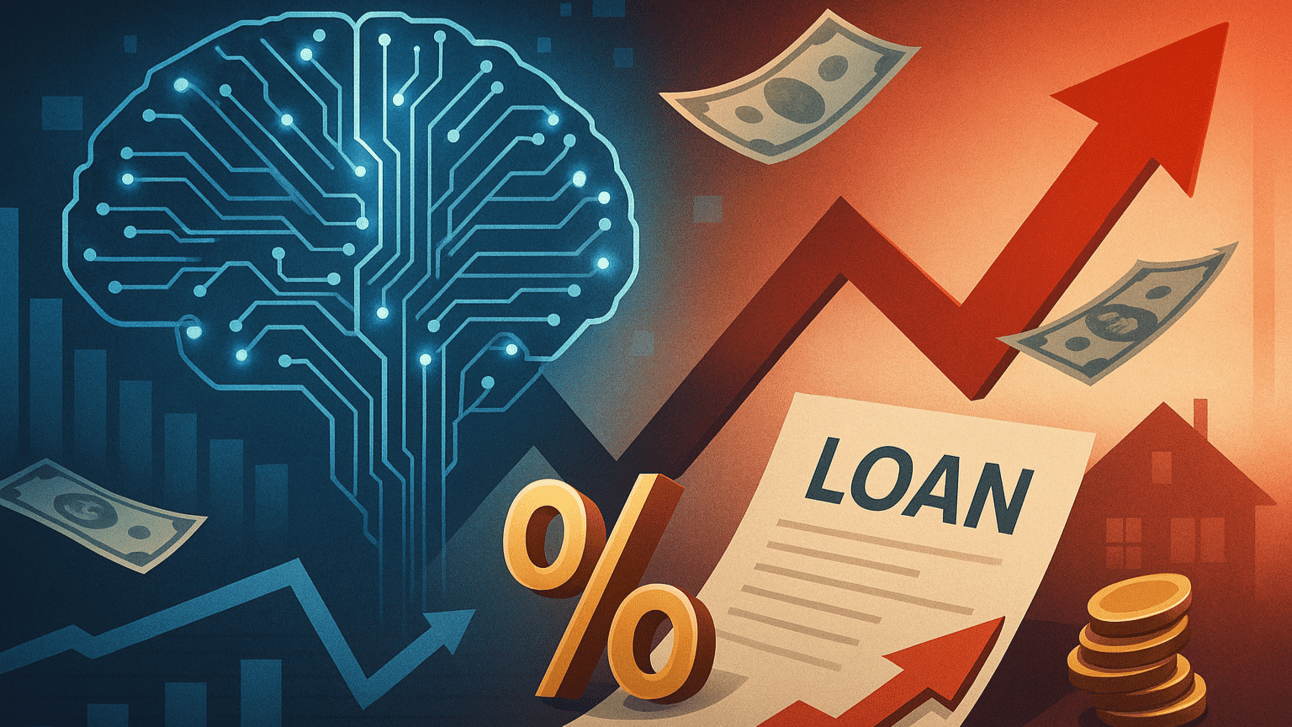
Credit: ChatGPT
🧠 The Pulse
AI could help lower inflation by making businesses more efficient, but economists warn that’s not the whole story. It might also push up the “neutral” interest rate, forcing central banks to rethink policy. The Fed isn’t going anywhere, and AI could make its job even harder.
📌 The Download
New economic reports suggest AI-driven productivity gains could reduce overall inflation in the long term.
Sectors like manufacturing, logistics, and customer service are seeing cost savings from AI automation.
However, these gains could raise the neutral interest rate, the rate at which the economy grows without overheating.
That means central banks, including the Federal Reserve, may need to keep rates higher for longer.
Higher neutral rates could impact everything from mortgage costs to business loans.
Economists from the Brookings Institution and IMF contributed to this latest analysis.
There’s a “push-pull” tension: AI reduces costs (deflationary), but also fuels investment and growth (inflationary).
Central banks are now modeling AI’s long-term effects in interest rate projections.
This is a rare moment where technological disruption meets monetary policy head-on.
Investors and policy analysts are watching closely, especially those managing debt, real estate, or high-growth sectors.
🚨 What This Means for You
AI might make your groceries cheaper, but don’t count on cheaper loans. If you’re planning a big financial move, understand this: AI is rewriting the rules of money. Professionals in finance, operations, and strategy must rethink long-term assumptions about cost, risk, and growth.
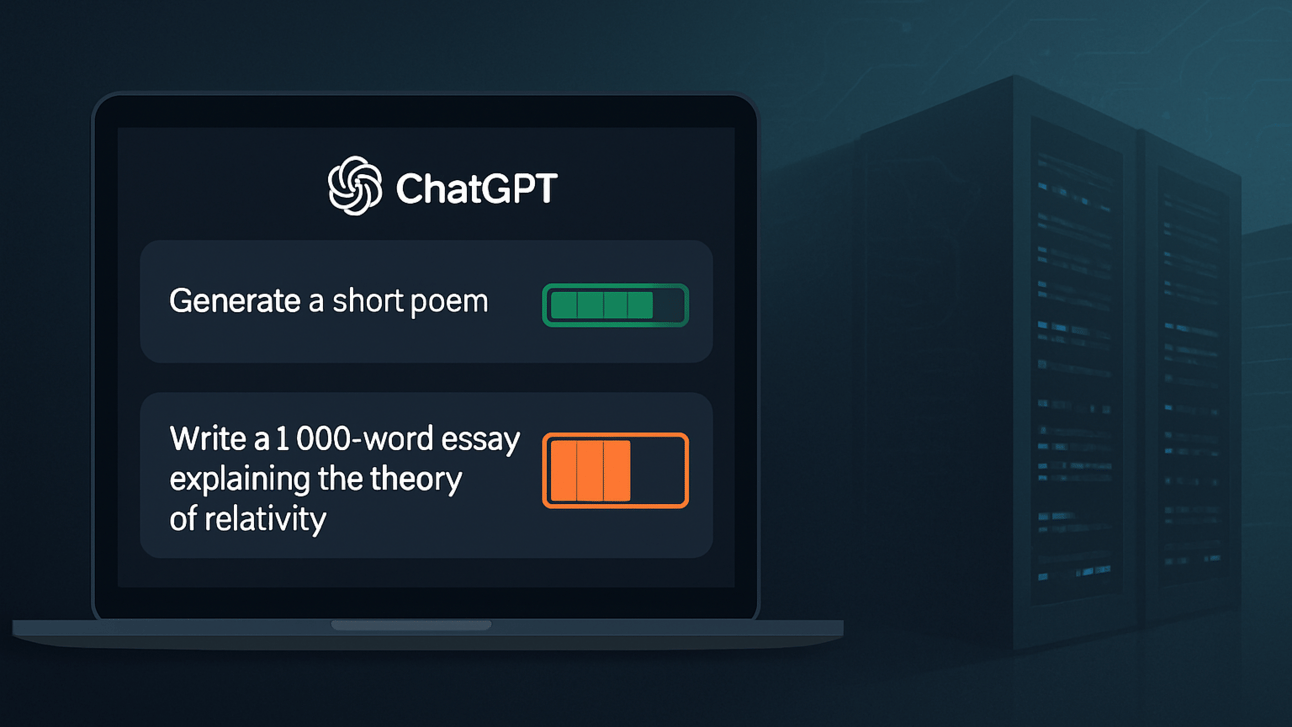
Credit: ChatGPT
🧠 The Pulse
A new study has revealed that not all AI prompts are created equal, some generate up to 50 times more CO₂ emissions than others. As AI usage explodes, so does its hidden environmental cost. It's a wake-up call for developers, users, and companies riding the AI wave.
📌 The Download
Researchers from the University of Copenhagen and Stanford analyzed the energy intensity of AI prompts.
Results show a 50× variation in CO₂ output depending on prompt complexity, model used, and output length.
Large, open-ended prompts that trigger deep model reasoning or long responses consume significantly more GPU power.
For example, generating one detailed essay-like output from a large model may equal the CO₂ of charging a smartphone 100×.
Real-world data came from measuring power draw during API use of models like GPT-4, Claude, and Gemini.
Multimodal prompts (text + image/video inputs) were found to be among the most energy-intensive.
Researchers are calling for “carbon-aware prompting” as a best practice for AI professionals.
Some companies, like Hugging Face and Anthropic, are exploring emissions dashboards and eco-friendly defaults.
OpenAI and Google have not yet disclosed CO₂-per-prompt data publicly.
The study warns that AI’s total environmental footprint could surpass that of Bitcoin mining if trends continue unchecked.
🚨 What This Means for You
That clever prompt you typed? It may be burning more than brainpower. As AI becomes your daily tool, environmentally smart prompting will be a new professional skill. It’s not just about what AI can do, but how sustainably it can do it.
AI TOOL OF THE DAY
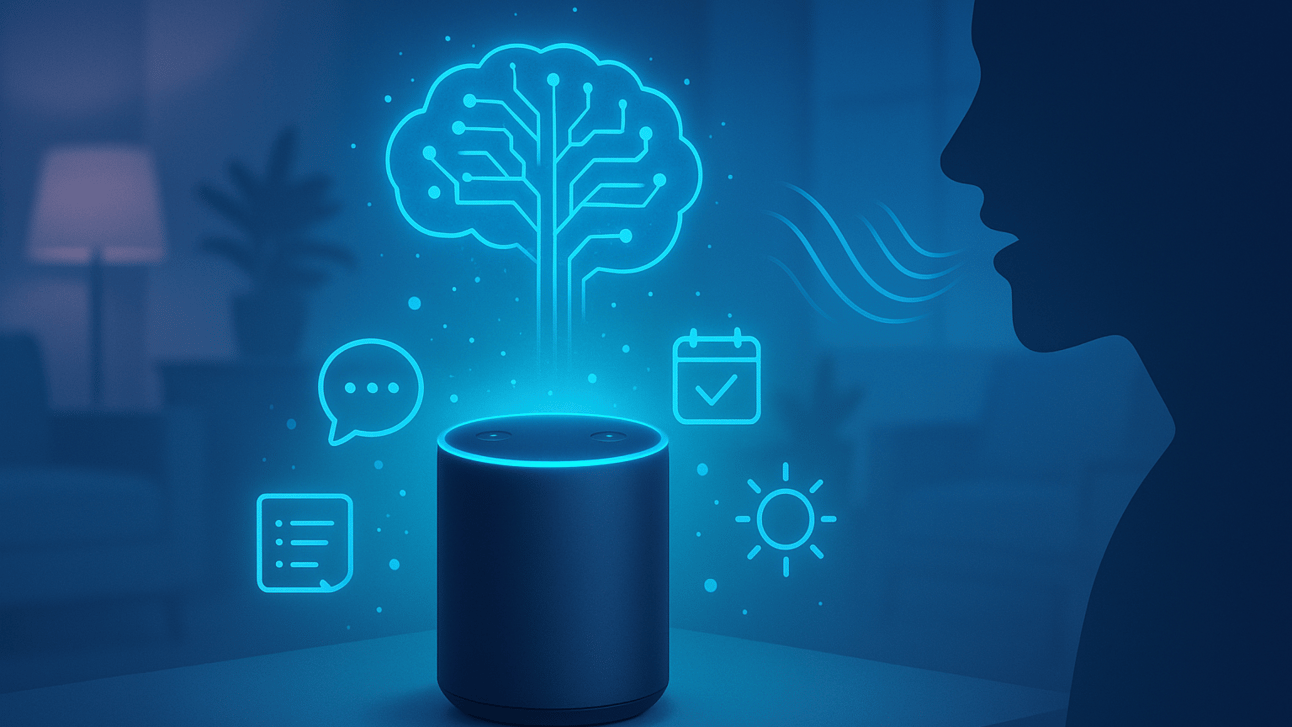
Credit: ChatGPT
What It Is?
Alexa+ is Amazon’s fully upgraded voice assistant, rebuilt from the ground up using generative AI and large language models (LLMs). It’s designed to be more conversational, intelligent, and context-aware, like having ChatGPT inside your smart speaker.
Why Is It Trending?
It’s Amazon’s biggest Alexa update ever. With over 1 million users testing it already, Alexa+ marks a major leap in voice AI, challenging Apple’s new Siri and OpenAI’s voice mode. The shift proves that AI is no longer a feature, it’s the foundation.
What You Can Do With It?
You can hold fluid, multi-turn conversations, get personalized suggestions, create routines with natural language, and even use it for task automation. It’s no longer just about “playing music”, it’s about getting things done through intelligent voice interaction.
IN AI TODAY - QUICK HITS
⚡Quick Hits (60‑Second News Sprint)
Short, sharp updates to keep your finger on the AI pulse.
Microsoft, MIT experts testify in Congress on using AI to strengthen U.S. cybersecurity infrastructure, emphasizing responsible deployment in critical government systems.
Alta, an AI-powered personal stylist app, raises $11 million in seed funding led by Menlo Ventures, blending fashion with machine learning to personalize style at scale.
Microsoft and Art Basel launch an Azure Copilot-powered app that offers real-time art recognition and personalized tours using generative AI and image-to-text analysis.
Fujitsu unveils AI avatars for corporate presentations, capable of delivering PowerPoint decks and responding to audience questions, now in trial use across Japan.
Symbiotic.blue, a UK startup spun from Oxford & Cambridge, debuts an AI-driven drug discovery platform based on brain-inspired algorithms to accelerate clinical pipelines.
Japan revives long-term LNG supply deals, citing the soaring power demands of AI data centers as a new national energy priority.
AI PROMPT OF THE DAY: OPERATIONS LEADERS EDITION
💼 For Operations Leaders
Prompt of the Day
“You are a senior operations manager. Help me create a risk mitigation plan for a global supply chain disruption caused by delayed shipments from a key vendor. Include identified risks, mitigation strategies, responsible owners, and contingency timelines.”
Copy‑paste, plug your own process, watch GPT‑4o do the heavy lift, then validate with your SMEs.
💡 Why it matters
Use this prompt to instantly generate a practical risk response plan, critical during crises or to prep for QBRs and leadership reviews.
🔁 Try this variation:
Swap “global supply chain disruption” with “AI system outage” to shift the focus to tech risk in AI-powered operations.
That’s it for today’s AI Pulse!We’d love your feedback, what did you think of today’s issue? Your thoughts help us shape better, sharper updates every week. |
🙌 About Us
AI Pulse is the official newsletter by AIGPE™. Our mission: help professionals master Lean, Six Sigma, Project Management, and now AI, so you can deliver breakthroughs that stick.
Love this edition? Share it with one colleague and multiply the impact.
Have feedback? Hit reply, we read every note.
See you next week,
Team AIGPETM
